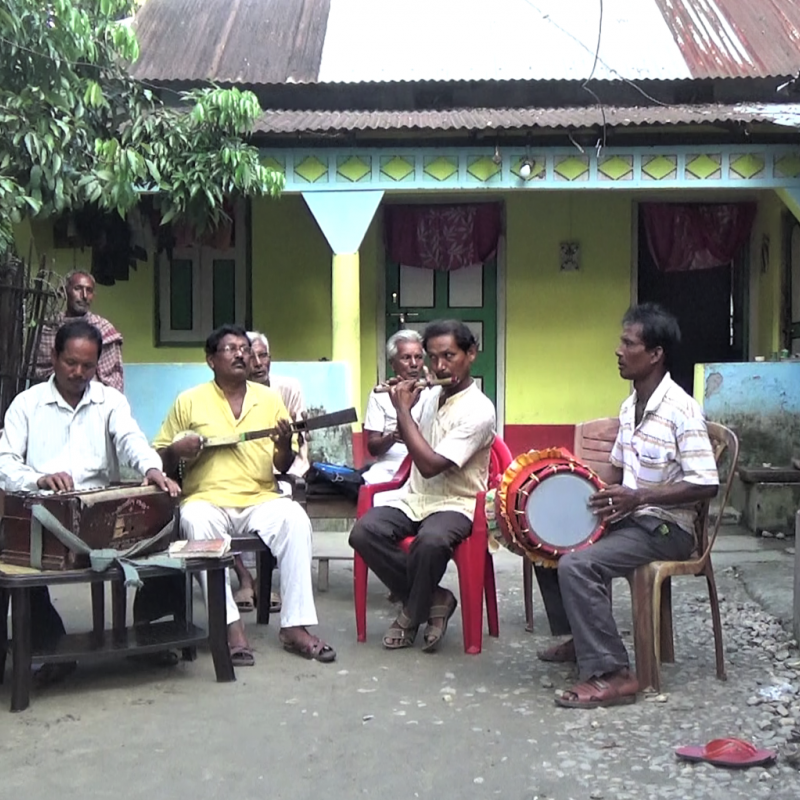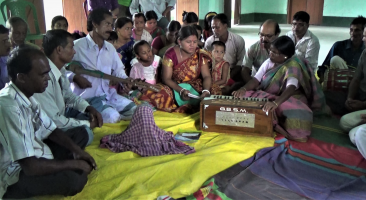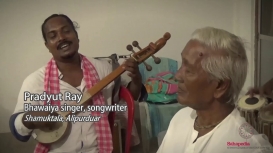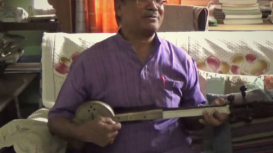Bhawaiya is a major genre of folk song popular throughout the entire sub-Himalayan belt of northern West Bengal, western Assam and parts of Bangladesh. Drawing its roots from various theatrical and matriarchal ritual folk music traditions, bhawaiya has developed into a socially conscious yet lyrical song tradition that is a mainstay of the culture of the Rajbanshi, Koch and other communities of North Bengal. While the lighter and more socially oriented sub-category of chatka is an integral part of the bhawaiya idiom, the popular image that the term ‘bhawaiya’ conjures up is a form of plaintive ballad narrating the stories of mortal love and loss. Mostly written from the perspective of the woman, such songs speak of a love not socially mandated but arising unbidden between men and women thrown together by the vagaries of a marginalised socioeconomic existence. The woman in a bhawaiya song is often a loner, a young widow or a woman in the full bloom of youth who is yet to find a loving husband. The male protagonist is typically an itinerant minstrel or baudiya—cart-drivers, buffalo-keepers or elephant-minders whose professions mandated they keep travelling most of the time. They often play the dotara, a four-stringed lute that is still the main instrument in bhawaiya. Set in the oft-flooded, forested plains of North Bengal washed by numerous rivers, nature dominates the discourse of bhawaiya songs more than in most Bengali folk forms. While bhawaiya remained largely undocumented till the twentieth century, it became popular through the pioneering recordings of Suren Basunia, Abbasuddin Ahmed and Pratima Barua, and has entered mainstream consciousness in the years that followed. Great bhawaiya artists in later years included Ayesha Sarkar from Cooch Behar and Ferdousi Rahman from Bangladesh. The form is practised today by many established and aspiring artists.

Soumik Datta
Soumik Datta is a musician, writer and independent researcher in the field of traditional folk music. He has research/documentation and performative experience with the baul-fakirs of Bengal. A literature, culture studies and films scholar by training, he sings and plays the piano, guitar, mandolin and dotara.



